Looks Like The SLS First Stage Works
Applause is heard from the @NASAStennis teams as the Green Run hot fire test concludes. After acquiring eight minutes of data, the teams are now beginning their shutdown procedures. pic.twitter.com/6WPzZm76k6
— NASA (@NASA) March 18, 2021
NASA Mega Moon Rocket Passes Key Test, Readies for Launch
“The largest rocket element NASA has ever built, the core stage of NASA’s Space Launch System (SLS) rocket, fired its four RS-25 engines for 8 minutes and 19 seconds Thursday at NASA’s Stennis Space Center near Bay St. Louis, Mississippi. The successful test, known as a hot fire, is a critical milestone ahead of the agency’s Artemis I mission, which will send an uncrewed Orion spacecraft on a test flight around the Moon and back to Earth, paving the way for future Artemis missions with astronauts.”
– Chairs Johnson and Beyer Congratulate NASA and Its Industry Partners on Successful Final SLS Core Stage Test
– Boeing, NASA Complete Hot Fire Test of Space Launch System Core Stage for Artemis I, Boeing
– Successful SLS Core Stage Hot-Fire Test Puts America One Step Closer to Returning to the Moon, Aerojet



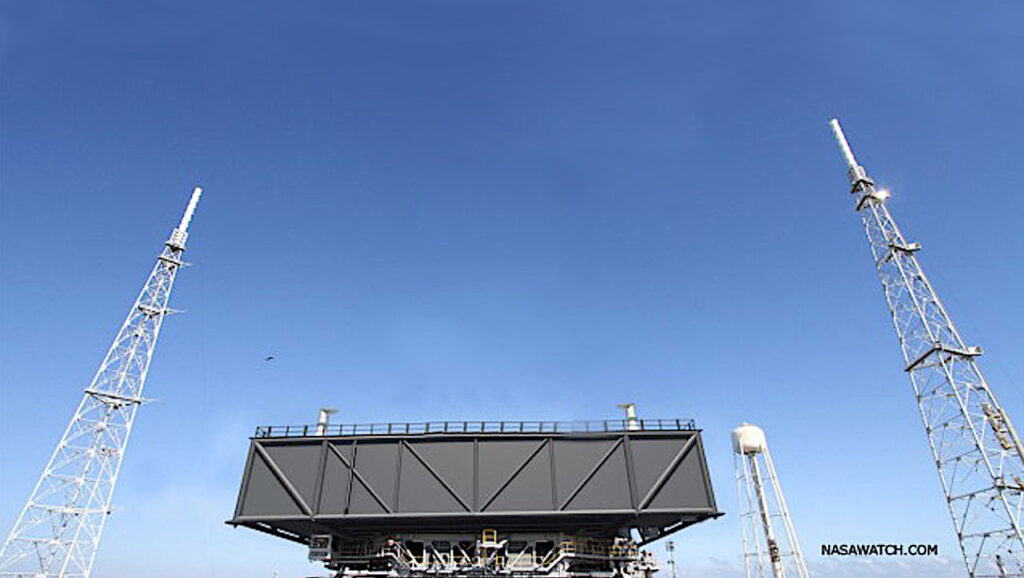
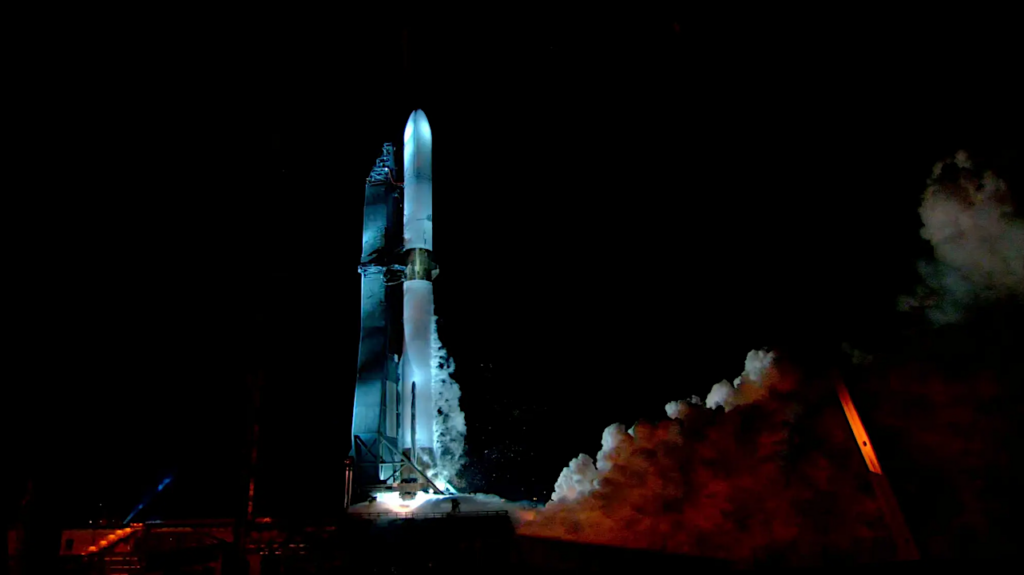
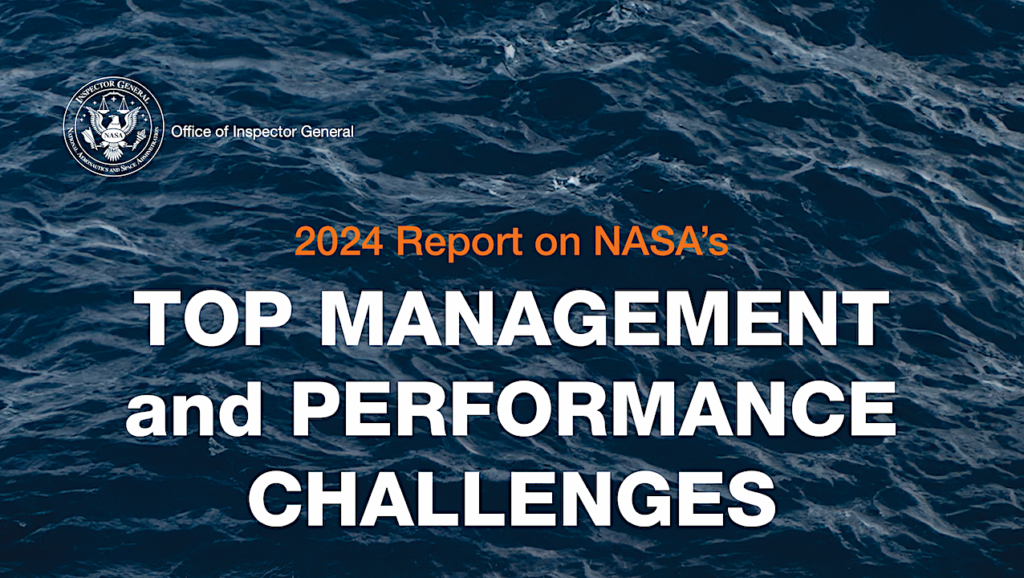
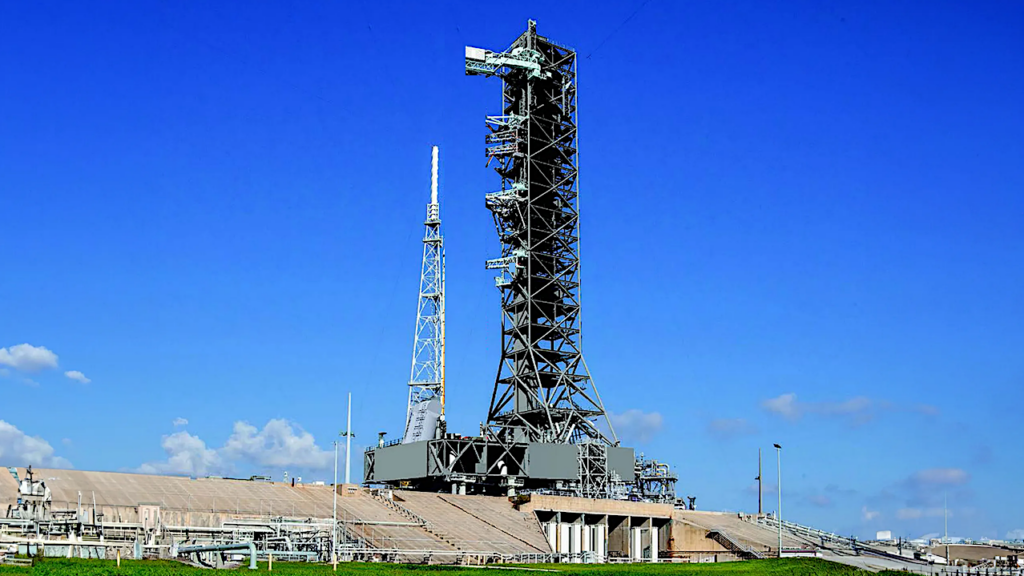
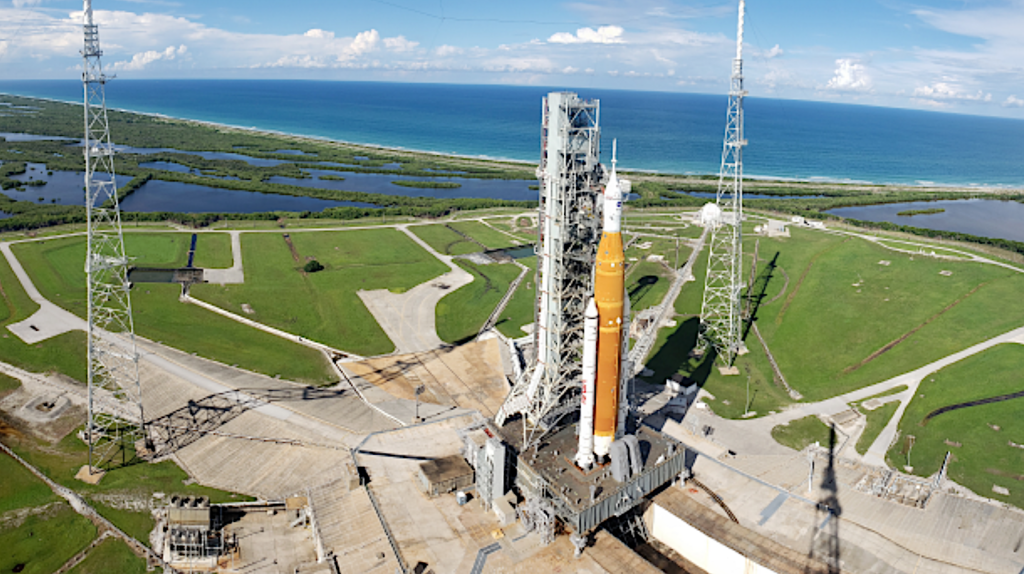

Darn a RUD today might have been the only way for the agency to walk away from this monstrosity and save face.
c’mon now – not appropriate
The fastest way to be free of the orange monstrosity is for it to not exist. A stand down for investigation stops it dead in it’s tracks while other options come online.
good gosh man, were you really hoping for some kind of disastrously bad result? – a sign of our times perhaps.
Exciting to see those Shuttle engines all working together today!
And after they’re used on the first SLS test flight, they’ll end up at the bottom of the ocean. SLS will hopefully be the last launch vehicle that NASA develops. Insanely expensive to develop and launch. With a maximum flight rate of about once per year dictated by how fast Boeing can build the expendable core stages.
SLS is not the way.
The obstacle of one flight per year is nothing to do with Boeing its to do with congress/President funding of the space program doing a decent production run would bring the costs down . this was the problem with the shuttle 20 orbiters cut to 5 no point in Rockwell setting up a production line so they hand built them more expensive while Soyuz produced on a production line .
the solids casings etc. will also end up at the bottom of the ocean
Great, the Shuttle engines work. Party like it’s 1981.
Did I see greenbacks all through that steam cloud?
I noticed some flame coming from above the righthand (as seen in the video) engine. It was not part of the exhaust of any of the four engines. Was that a hydrogen leak of some sort, or exhaust from a turbopump?
Otherwise the run appeared to go well.
I read it was some cork used for insulation that caught fire. No big deal because during flight it would put itself out has it climbs to higher altitude.
They’re staged combustion engines, there’s no separate turbopump exhaust. I’ve heard elsewhere that some cork insulation caught fire.
I wish some of you on here could at least for once, appreciate the work done by the folk who have been forced to make this thing work.
Fair enough comment, I respect making a 40 year old technology work. My point is they should not have been forced to make a 40 year old technology work.
Certainly was an odd looking swing pattern, fast circular motions, during the thrust vectoring tests. Recall one of the commentators say that the swing would be higher pre-ignition (probably in the same direction like we saw during Shuttle ). Suppose it was so there would not be any net lateral or torsional loads imposed, yet show that the vectoring system worked during firing.
I’m glad it worked well. But, I did not like the engine nozzle movement. It was not flight like, at all. When a rocket is flying, all the engines work together or at least in a coordinated manner to make the vehicle roll, for example. The SLS engines were moving individually, like lamp shades in the wind. That is NOT the way they will work in flight. Perhaps…. the flight software is not ready and they do not have a flight profile to follow. Either way, I find it very unimaginative or say, counter-intuitive, for the test not to gymbal all 4 engines together. But, then again, I am not in charge. =) I wish them luck.
In the Space Race for successful superheavy rocket programs, the U.S. can now claim SLS has beat the Soviet N1 test record. Now, if it can someday match or beat the Soviet Energia launch record, then the SLS can be successfully retired.
Edit: I suppose SLS can also claim to have surpassed the Constellation’s Ares V.
The article seems to imply that those core engines are the largest rocket every assembled or tested. Hog wash. Once the solids are strapped on, then the total thrust will exceed the Saturn V, first flown over 50 years ago now.
The big problem I see is that the amount of mass it can carry to earth orbit. The block II version will have a total of 11.9 million pounds of thrust and will be able to place 286,000 pounds into low earth orbit. The Saturn five had a total of 7.89 million pounds of thrust and could put 310,000 pounds into low earth orbit. 52 years later and we cannot beat what was designed and built by engineers before the days of the microprocessor or hand calculator.
BTW, the Falcon heavy with 5.13 million pounds of thrust can put 140,660 pounds into low earth orbit. To be fair we should compare those ratios — thrust divided by weight delivered. Falcon Heavy: 36.5, SLS Block 2: 41.6 and Saturn V: 25.5. Although the Falcon Heavy beats the SLS block two it does not beat the Saturn V, in fact no other heavy lift rocket does or has for the past 52 years. Makes me wonder what were doing.
You neglected to mention that Falcon Heavy can deliver that payload to LEO and recover booster stages. Moreover, Falcon Heavy wasn’t designed to be an SLS or Saturn V slayer. If that’s what you’re looking for, look to Starship.
Falcon Heavy and Falcon 9 have revolutionized the launch market by doing something thought impossible 50 years ago when Saturn was developed. They have captured the market and lowered the cost of space travel by very large margins. No small part of that is due to their reuse-ability. There is no question they represent the next generation of space launchers.
My point was to show the efficiency of launchers regardless of any other items including the ability to land and re-launch. By that, if you look at the Falcon Heavy and compare to the SLS1 — the next one NASA will launch — the comparison should surprise most people. SLS 1 at 8.8 million pounds thrust is rated for 154,000 pounds to low earth orbit while the Falcon Heavy 58% less thrust can put 140,660 pounds into LEO. In other words, with 58% less thrust it is placing nearly the same weight load into LEO (and returning to do it again) compared to the SLS1.
However, the Saturn V is still the king of efficiency, and its abilities have not been exceed by any other launcher over the past 50 + years. Once Starship is flying then things may change again, but without the final numbers for that booster its specifications remain paper. I look forward to adding it to my spreadsheet.
The thrust rating of a launcher’s main stage with optional strapped-on boosters only partially determines the IMLEO. The number of stages and types of engines in them also matters. As well as the total impulse generated by each stage.